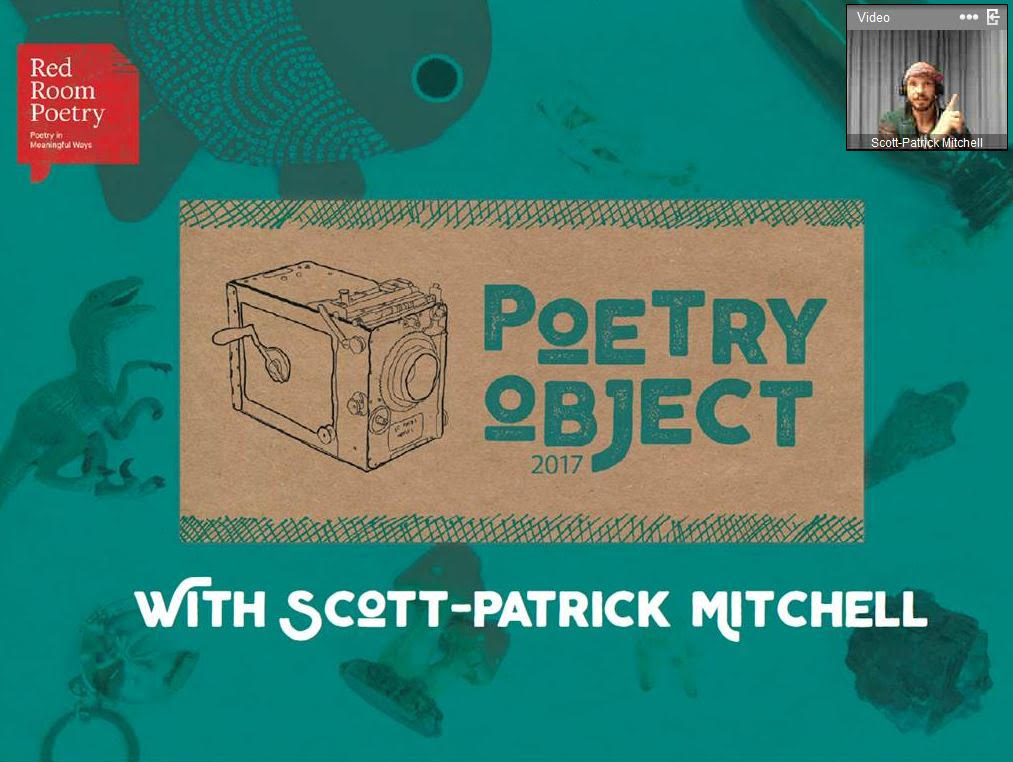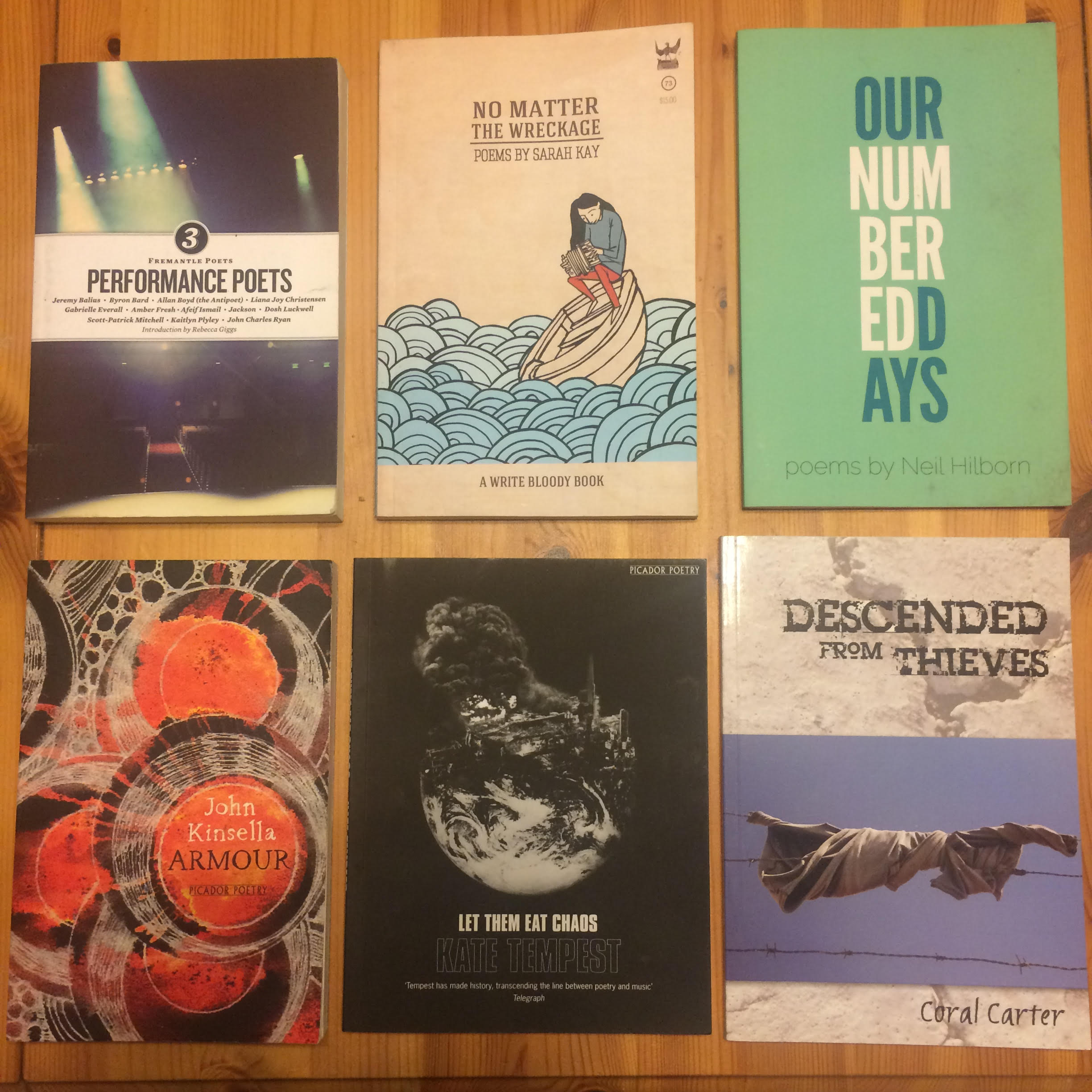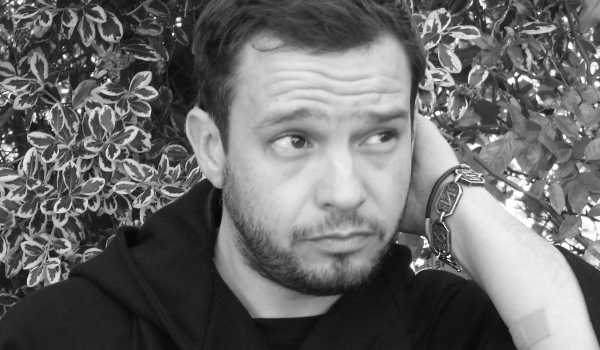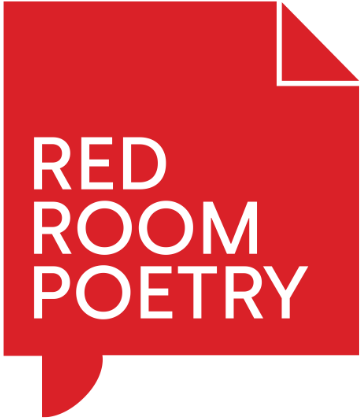Teaching Performance Poetry - Reflection & Reading List

Ah the joys of teaching a classroom of kids! At the best of times it’s like flying a plane. I mean, you have to keep an eye on your engines (making sure you can keep up that is), be sure the pressure in the cabin is optimal, and then prepare yourself for any potential turbulence that may ensue. This last factor is particularly inherent when teaching performance poetry: you’re inviting the classroom to erupt into raucous enthusiasm at some point. Fortunately, this pilot / teacher has their own set of wings. They’re on my sneakers!
But seriously, if you extend the plane analogy, teaching at WA’s School of Isolated & Distance Education (SIDE WA) was, virtually, like flying a plane. How so? Well, SIDE WA do a marvellous thing where they provide classes to children in regional areas, not just here in Australia, but overseas too. They also teach children who, through a stroke of talent, skill and ability, are off forging careers, whether it be in ballet, acting, tennis or modelling. For example, past students have included such WA legends as international supermodel Gemma Ward and singing sensation Troye Sivan.
But back to the plane analogy. What made teaching here such a unique experience was the fact that it operates all through the magic of the internet. There aren’t actually students in the room in front of you: the class takes place in a virtual classroom. But this experience isn’t for the faint of heart! There is a lot you have to be aware of in order to fly this plane!
First off, you’re speaking through a webcam. Anybody with experience in livestreaming or vlogging will know that this is a bizarre moment of making continuous eye contact with…well, a camera. But there’s more! Oh…there’s more.
On your monitor there is a side-bar, this is where the classroom is. Here, students can utilise icons to answer ‘yes’ or ‘no’, raise their hands, laugh at any terrible jokes you might make, and even clap. These icons have a tab where responses are tallied. This is handy to know, because it’s a quantitative response of your effectiveness and ability.
Beneath this is a list of students in the classroom, where the icons appear next to their name. This is where you take the quantitative tally of icon responses to find out exactly who doesn’t understand an instruction, or who is asking a question. Or better yet, who is applauding or laughing at your adult attempt to dab.
Then there is a chat box. Here is where the milieu of chatter that happens in a classroom occurs. It can be a little bit distracting at times, so my advice is to set strict parameters at take off, designating the use of chat box for specific moments. Otherwise yes, students will literally write whatever pops into their mind whenever they feel like it, which is great: this is why we admire children so much. But when you’re trying to keep on a flightpath, this can be the kinda turbulence that sends your lesson into a nosedive. Trust me! Otherwise this section is brilliant, a moment where genuine curiosity or concern can be voiced. Best part is...you don’t have to type back! Thanks, microphone…this is your captain speaking!

Finally there is a section where the webcam feeds appear at the bottom of the screen. This will mainly be of you for most of the lesson. Keep an eye on it at intervals to make sure you’re maintaining the right altitude…sorry, eye contact. Use this space as a reference for how wide your gestures you can go, how good your lighting is, making sure you don’t have food in your beard.
Oh wait…there’s more. I forgot the main section of the screen: the slides! All good teachers have a slideshow! This is essentially where the lesson plan takes place. But…you can also mark-up these slides. You and the students can write on them, virtually, underlining similes, metaphors, alliteration…that kinda thing. It’s always good to have an extra wow moment to any poems you present: for example, my poem Talaria that I use in teaching talks about my winged sneakers…and it’s shaped like a shoe. This isn’t immediately noticeable to students (trust me, I didn’t even realise until Red Room Poetry pointed it out to me!) so I had the extra added moment of feeling cool each lesson drawing a jaunty virtual outline around the poem and the students exclaiming wow and that’s so cool in the chat box each time.
So can you see why this experience was kinda like flying a plane? I mean, that’s six things going on at once. Seven if you include yourself. Eight if you include the inevitable panic and terror of self-consciousness this experience induces. But, it’s good to scare yourself a little bit each day: adrenaline makes you adapt. And hey, after the second time flying this virtual classroom, you do get the hang of it. Be warned though, afterward, when you get home, all glowing, you will crash for a well-deserved power nap! It can be taxing, mentally and physically.
But there is a joy to the unique teaching experience that SIDE WA offered. Scrap that, it’s exhilarating. Plus the staff there are incredibly friendly. And the students? Well, they make for wonderful cabin crew. And as always, the reward is that you’ve helped set a course for them, one that leads them into the sometimes unknown land of poetry. And if you can give them the wings to get to that wonderful desination themselves, then you know you’re doing a good job.
Scott's Teaching Resource & Reading List
As part of my recent workshop with SIDE WA and Red Room Poetry, I developed a number of slides that dealt with teaching performance poetry. This is no way an exhaustive list: in fact, my theoretical poem An Ecology of Performance Poetry explores nine aspects of performing a poem on stage. But the information provided below is as good a starting point as any. I’ve also included some recommended reading, but as with any recommendations, please make sure the texts are suitable for the year level you are teaching.

* * * * *
Performance poetry is the art and skill of vocalizing (or orating) a poem, giving it life, energy and presence. There is a very famous Latin quote that reads nascimur poetae fimus oratores which basically translates into 'we are all born poets, but we become orators'. This tells us that we all have the skill and ability to write poetry, but it takes finesse and practice to become a true orator or performance poet. Here are some techniques you can use to develop those skills:
PROJECTION
In order to perform a poem, you have to be heard. When I was a kid, I used to be in school plays all the time. My mum would have me sit at the top of a flight of stairs and rehearse my lines. If she could hear me clearly, I was doing a good job. So if you can, stand at the top of a flight of stairs and project your voice down. If you don't have access to a flight of stairs, a tiled bathroom works just a well. Make that voice boom, give your words wings. Fill the space with your voice, and then see how softly you can project your voice and still make it heard. Practice alternating between the two.
CONFIDENCE
Be confident: these are your words. You wrote them for a reason. Believe in them. Remember: your voice gives the world purpose! Nerves are a normal part of being human, especially if you are getting up on a stage to perform. Even after 20 years of performing, I still get nerves going up on a stage: this is my body's way of telling me I am doing something right, something brave. If you really want to get a handle on nerves, memorise a poem. Best way to do this? Walk and recite the poem, be it walking around the house or something similar. The rhythm of walking helps you memorise more easily because the body is distracted, which enables the mind to better store the information you need to learn (this is a really good technique you can use when studying for exams too!).
GESTURES
Gestures can be a really good way to memorise a poem. They also give the performance of a poem added effect, another layer. If, in the poem, you talk about reaching for something, reach out. If the poem talks about being brave, put your hand on your hip at that point. Whatever the content of the poem, act it out with subtle gestures. This will make your performance more dynamic and give you extra confidence.
* * * * *

Fremantle Poets 3 – Performance Poets (2013, Fremantle Press)
I helped edit this anthology. It’s a showcase of West Australian performance poets. It’s by no means a definitive list, especially since in recent times a whole new generation of amazing spoken word artists have hit the Perth scene. But what this anthology does provide is an insight into different styles of spoken word. There is also a Bandcamp component, featuring the poets reading their poems. A treasury of treasures.
No Matter The Wreckage (2014, Write Bloody Publishing)
Sarah Kay has an amazing tenacity to weave heart, soul and surprising twists of language into her poems. She has a phenomenal TED Talk where she performs one of her poems. But more than anything, this is the poetry book people recommend people read, and with just cause: the imagery alone is so mind-blowing and heartfelt you’ll gasp, often.
Our Numbered Days (2015, Button Poetry)
Neil Hilborn is somewhat of an internet sensation. His poem OCD has a staggering 13 Million views on YouTube, more if you take into account Facebook et al. This collection is about heartbreak, America and snow. Hilborn works in a surprising amount of humour and sensitivity into his poetry. His videos are a lesson in how to perform spoken word, capture the world’s heart and remain humble about it.
Armour (2011, Picador)
John Kinsella is a legendary West Australian poet. This collection explores notions of love. It’s not necessarily a spoken word or performance poetry collection par se, but what Kinsella does with poetic form and language in this collection is well worth reading aloud. There are moments of technical brilliance and then, like in the poem Yellow, moments where an image reaches so far into your heart you can’t help but be transformed.
Let Them Eat Chaos (2016, Picador)
Kate Tempest is revolutionising performance poetry in England. Her delivery matches earnest poet with wise street preacher in equal measures. The best part about her poetry is the ease of her lines. This book has a CD component that delivers spoken word as rap, while her other collection Brand New Ancients has some YouTube short films. Both are perfect in showcasing the outstanding talent that is Tempest.
Descended From Thieves (2012, Mulla Mulla Press)
Coral Carter is another West Australian performance poet. Her work has a distinct Australiana twang to the voice. This collection is vibrant, alive and very very human. The poems particularly come alive when read, since Carter often writes the vernacular of suburban life into her verse, capturing the nuance of human interaction with aplomb and sincerity.
---

Scott-Patrick Mitchell is a poet who works with Red Room Poetic Learning
Scott-Patrick Mitchell’s poetry has been described by Bold Monkey’s George Anderson ‘as one of the most diverse and original emerging poets working in Western Australia today’ while John Kinsella has described his work as being ‘new ahead of the new’. SPM recently performed his new one man show THE 24 HOUR PERFORMANCE POEM at Crack Theatre Festival while his latest collection – inner pity poems – was released through Department of Poetry in 2016... read more »
